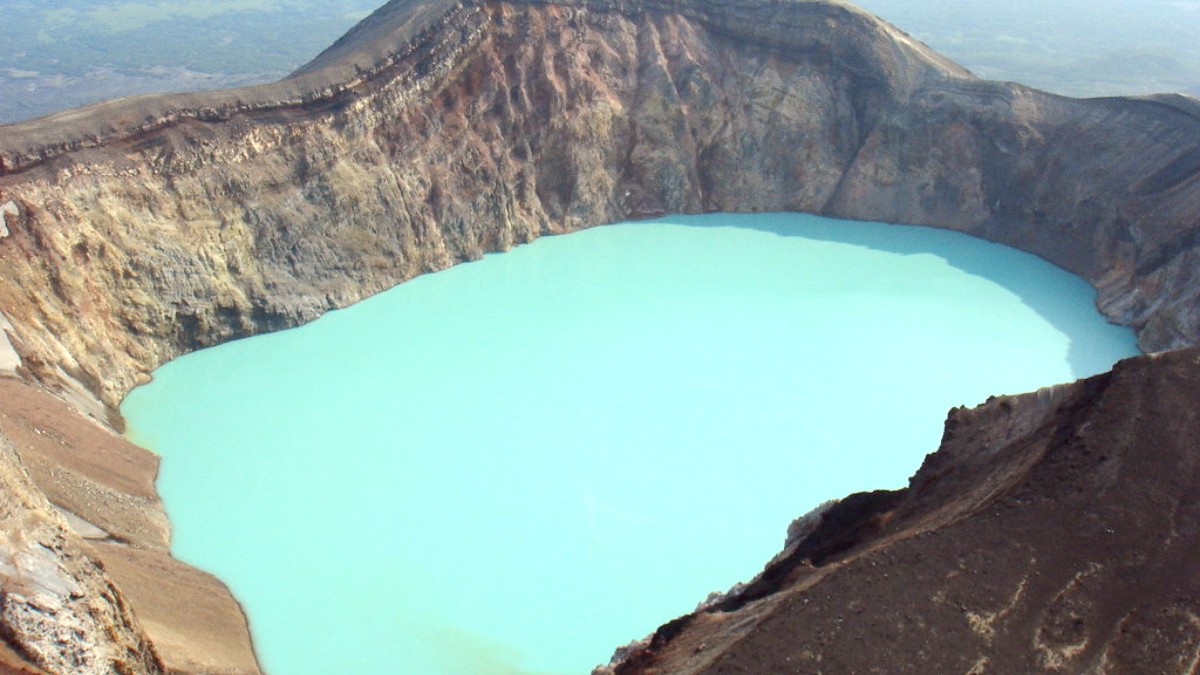
Russian Far East, Russia
Kamchatka's cuisine is deeply tied to its identity as a peninsula surrounded by incredibly fertile fishing waters, with seafood forming the bedrock of the local diet. Ancient methods of preserving and preparing food, like smoking and drying fish, continue to influence local dishes.
The region's connection to the Pacific and its proximity to Asian countries like Japan and Korea have also introduced subtle culinary influences, especially in the preparation of seafood.
The undisputed star of Kamchatkan cuisine. All five species of Pacific salmon (King, Sockeye, Coho, Chum, Pink) are abundant. Kamchatka king crab is a prized delicacy, known for its large size and succulent meat.
Other common seafood includes scallops, cod, halibut, squid, and sea urchins. Various types of caviar, with red caviar (salmon roe) being specifically famous, are widely enjoyed.
Local dishes emphasize the freshness of ingredients, often prepared simply to highlight their natural flavors. Seasonal availability influences dining options.
A true local delicacy known for its sweet, tender, and succulent meat. Often served simply boiled or steamed to let its natural flavor shine. Find it at most seafood restaurants in Petropavlovsk-Kamchatsky; some markets also sell fresh crab.
A remarkable experience, showing the pristine waters of the Pacific.
Salmon roe, typically from sockeye or pink salmon. Served in various ways: with blinis (thin pancakes), on buttered bread, or as a garnish. Widely available at markets (especially the Central Market in PKC) and restaurants.
A , flavorful staple of Kamchatkan cuisine and a popular souvenir.
A traditional Russian fish soup. In Kamchatka, it is often made with fresh salmon or other local fish, potatoes, carrots, and herbs. A hearty and flavorful soup, perfect for warming up after a day of exploration. Recipes vary but often include local grains or fish oil.
A comforting and authentic dish, best enjoyed freshly prepared.
Salmon is freshest and most abundant during the salmon run season (July-September). Wild berries are harvested in late summer and early autumn, making them seasonal delights for desserts and drinks.
Street food is less prevalent than in larger Russian cities. You might find small kiosks offering pirozhki or other simple local snacks, good for a quick, affordable bite.
Limited in number but available in Petropavlovsk-Kamchatsky. These restaurants often specialize in high-quality seafood, presenting local ingredients with a more refined touch. Suitable for special occasions.
The most common option in Petropavlovsk-Kamchatsky. They offer a mix of Russian, European, and local Kamchatkan cuisine. These provide a comfortable dining experience with a good variety of dishes at reasonable prices.
Stolovayas (canteens) offer affordable, hearty, home-style meals. Cafes and pizzerias provide quick meals or snacks. The Central Market is ideal for fresh seafood, local produce, and experiencing local life.
International cuisine options are limited. The majority of restaurants serve Russian cuisine.
Expect a focus on local and traditional dishes.
You might find some Asian influences, especially in the form of sushi or rolls, which are popular across Russia.
Truly diverse international cuisine is rare.
Purchase red caviar and a variety of fish.
Seasonal berries, vegetables, and other local foods.
A great opportunity to buy ingredients for cooking.
Immerse yourself in the daily life of Kamchatka.
Examples: "Ya vegetarianets" (I am vegetarian), "Bez myasa/ryby" (Without meat/fish), "Bez glyutena" (Gluten-free).
Basic phrases ease communication.
Utilize translation apps to clearly communicate your needs. This can bridge language barriers effectively.
A translation card is also a good idea.
The Central Market presents a valuable resource for finding fresh produce that aligns with specific dietary requirements.
For multi-day tours or remote lodge stays, discuss your dietary needs with tour operators well in advance. They may arrange customized meals.
A distinguished feature of multi-day treks. Guides often prepare meals outdoors, frequently featuring fresh fish (like salmon) caught on the trip, cooked over an open fire. These are hearty, simple, and memorable meals.
Some tours include a picnic near a hot spring, where food can be heated or cooked using geothermal activity (e.g., boiling eggs in natural hot water).
On fishing tours, the opportunity to cook and enjoy your freshly caught salmon or other fish directly on the riverbank is an unique and rewarding culinary moment.
Join a guided tour during late summer to forage for wild berries like blueberries, cranberries, and cloudberries in Kamchatka's forests.
Enjoy fresh, natural flavors directly from the source.
Foraging for wild mushrooms is a popular local pastime. Some tours may include an opportunity to learn about edible varieties with an expert.
A truly immersive nature experience.
A must-buy, often vacuum-packed for travel. Check import regulations for your home country before purchase.
Locally smoked salmon or other fish makes a delicious and authentic edible souvenir. Look for vacuum-sealed options at local markets.
Unique jams made from wild Kamchatkan berries and local honey are delightful culinary gifts, capturing the natural sweetness of the region.
Embrace the seafood and local flavors to truly experience Kamchatka's unique culinary identity. Dining here is an adventure in itself.